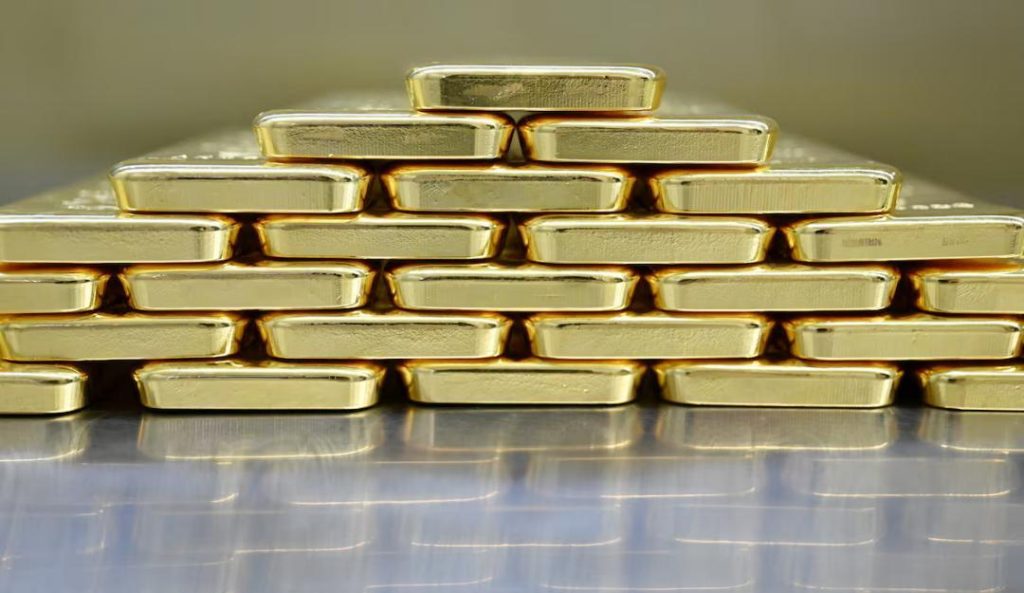
Title: Gold Reclaims All-Time High of ₹89,400 per 10 Grams
The price of gold has once again reached an all-time high, closing at ₹89,400 per 10 grams in Delhi on Wednesday. According to the All India Sarafa Association, gold of 99.9% purity jumped by ₹900 to reclaim its previous record high. This surge in gold prices is a significant development in the precious metal’s market, and it’s essential to understand the factors driving this trend.
The previous trading session saw gold close at ₹88,500 per 10 grams, and the sudden jump of ₹900 might seem unexpected. However, it’s crucial to look at the bigger picture to understand the underlying factors driving this rally. On February 14, gold had rallied by ₹1,300 to hit a lifetime high of ₹89,400 in local markets. This indicates that there might be a sustained demand for gold, which is driving up its prices.
One of the primary reasons for the surge in gold prices is the ongoing economic uncertainty. The global economy is facing several challenges, including the impact of the COVID-19 pandemic, trade tensions, and inflation. As a result, investors are increasingly looking for safe-haven assets, such as gold, to diversify their portfolios. Gold’s non-correlated nature with other assets makes it an attractive option for investors seeking to reduce their risk exposure.
Another factor contributing to the rise in gold prices is the weakening rupee. The Indian rupee has been depreciating against the US dollar, which makes gold imports more expensive. As a result, the cost of gold in India increases, leading to higher prices. This is a significant concern for the country’s gold market, as India is one of the largest consumers of gold globally.
The All India Sarafa Association is a prominent industry body that represents the interests of gold retailers and wholesalers in India. The association’s data provides valuable insights into the gold market, and its prices are widely followed by investors and market analysts. The association’s data also indicates that gold consumption in India has been increasing, driven by factors such as wedding season and festive demand.
The rise in gold prices is not limited to India alone. The global gold price has also been increasing, driven by similar factors. The spot gold price has risen by over 10% in the past year, and it’s likely to continue its upward trend in the near future. The World Gold Council, a leading industry body, has predicted that gold prices will continue to rise due to increasing demand from the jewelry and investment sectors.
The increase in gold prices has significant implications for investors, consumers, and the broader economy. For investors, the rising gold price presents an attractive opportunity to diversify their portfolios and reduce their risk exposure. For consumers, the higher gold price means that they may need to adjust their budgets or consider alternative investment options. The economy as a whole is also impacted by the rise in gold prices, as it can lead to higher import costs and inflation.
In conclusion, the gold price has reclaimed its all-time high of ₹89,400 per 10 grams, driven by factors such as economic uncertainty, weakening rupee, and increasing demand. The All India Sarafa Association’s data provides valuable insights into the gold market, and it’s essential to monitor the market closely to understand the underlying trends. The rise in gold prices has significant implications for investors, consumers, and the broader economy, and it’s crucial to consider these factors when making investment decisions.
Source: https://repository.inshorts.com/articles/en/PTI/a2a100cb-098b-4e28-9535-0d1526c88be1






